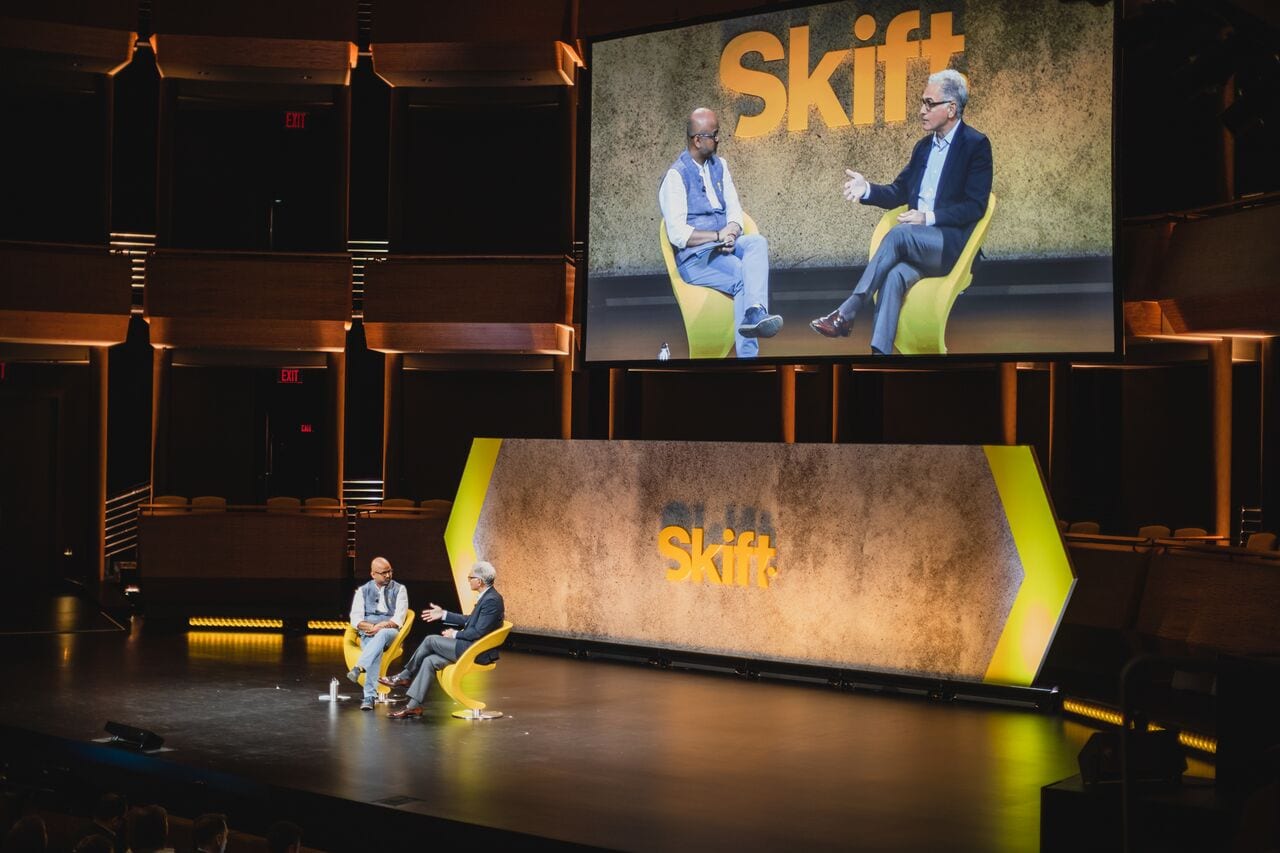 Tara Clemens is a Senior Research Analyst at Mintel. Tara specializes in insurance, publishing data-driven syndicated and custom reporting based in Mintel's consumer data, trends and competitive intelligence.
Tara Clemens is a Senior Research Analyst at Mintel. Tara specializes in insurance, publishing data-driven syndicated and custom reporting based in Mintel's consumer data, trends and competitive intelligence.The Mintel Insurance team recently embarked on a journey into the future. The third annual InsureTech Connect Conference gave sponsors and attendees a rare and holistic view into what the insurance industry of tomorrow could look like. From new product launches and lessons in behavioral economics, to innovation workshops and a Salt-N-Pepa performance, the 2018 InsureTech Connect Conference had something for everyone.
One way to sum up the conference is a recurring question that was asked during many sessions: “What does the insurance industry of the future look like?”
Insurance will be real-time
The much anticipated session with homeowners insurtech Hippo and telecom giant Comcast provided a thought provoking glimpse into the inner workings of a major partnership that took the industry by surprise. When news of Hippo and Comcast’s partnership was revealed in May 2018, thoughts ranged from, “What an opportunity for an insurance startup looking to gain traction!” to “Why did Comcast choose an insurance startup when they seemingly have the pick of the incumbent crop?”
Comcast’s Senior Director David Wechsler answered the question, “Why Hippo?” by explaining that Hippo’s vision for the future of insurance aligned with their outlook ‘to a T.’ Wechsler believes that the internet of things (IoT) products will provide the opportunity to price risk on the fly, insurance will be real-time (for example, smart tech will know exactly who is home at a certain time and adjust risk accordingly), and prevention will be at the forefront. Wechsler believes all of this will happen in the next ten years.
Insurance will be personalized
The IoT has long been opening new doors for custom and, more accurately, priced risk. State Auto Labs Director, Haley Smith said her company’s product gives consumers the ability to rerate every six months. State Auto Labs is also exploring ways to better service each individual’s claims experience by asking themselves questions like, “Could we send an Uber immediately when a crash happens? Will someone be sent to help the customer tow their car?” Smith states that the differentiator in the auto space will favor those willing to take risks in partnerships to fill these needs.
Insurance will be “API-fied”
Application programming interface (APIs) are reshaping insurance by allowing disparate systems to quickly communicate with each other in order to pass data and complete complicated tasks to help achieve results on behalf of consumers. According to a session that explored the “API-fication of Insurance,” the rise of API’s will be one of the most profound changes to take place in the insurance industry. The session also pointed out the importance of the API mindset becoming the key to distribution as products become embedded experiences.
Insurance will be easy
Kicking off the first full day of sessions, Credit Karma founder and chief executive Kenneth Lin announced the launch of its auto insurance comparison app stating, “We estimate Americans are overspending on auto insurance by nearly $21 billion a year, and believe that bringing simplicity and transparency to our members will help them save.” With the app, members will be educated through interactive experiences of auto insurance features by displaying how something like moving violations and credit scores can impact insurance rates.
It was the general consensus that carriers and insurtechs were no longer the direct threat to each other that many assume. Insurtechs provide ample opportunity for collaboration that ultimately improves every aspect of the insurance value chain. The most dynamic insurers are actively forming ecosystems to encourage insurtech and other partner engagement.
“It’s not going to be a choice,” Dan Glaser, CEO and President of Marsh & McLennan Cos. Inc. said. “The future is digital.”
from Mintel Groupsite https://ift.tt/2zboVsc
via IFTTT




















